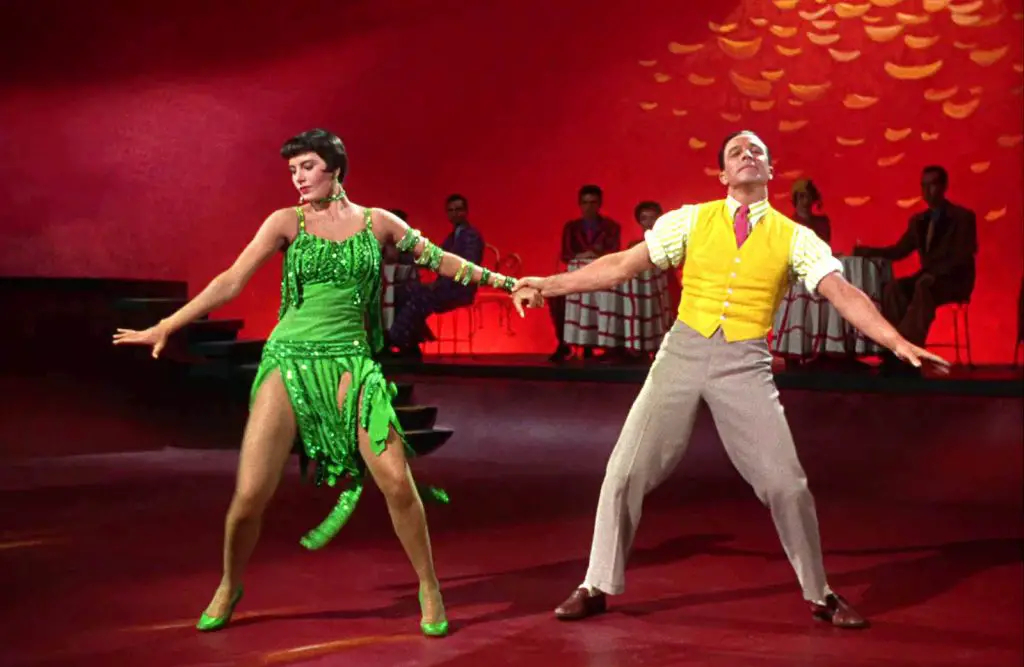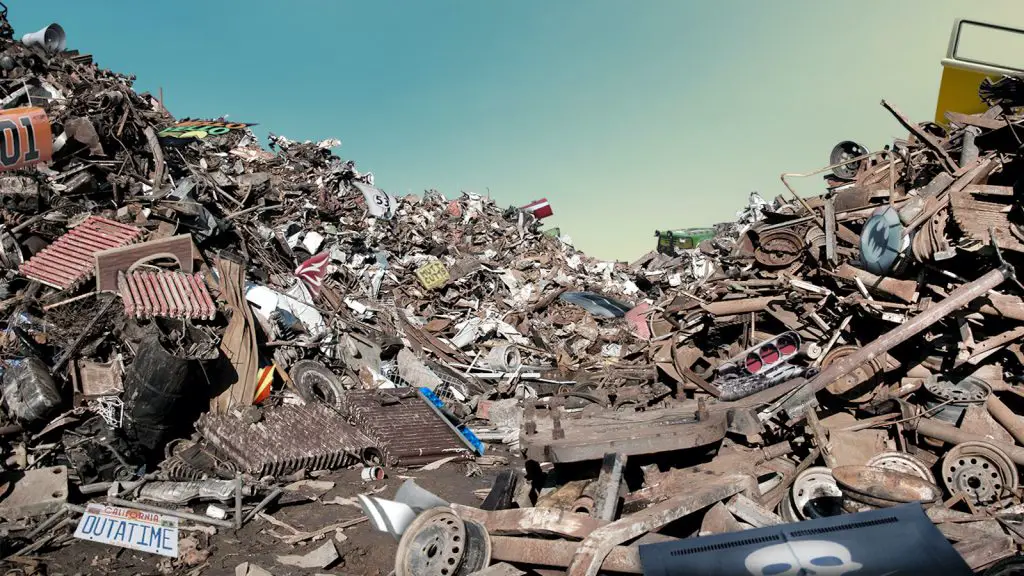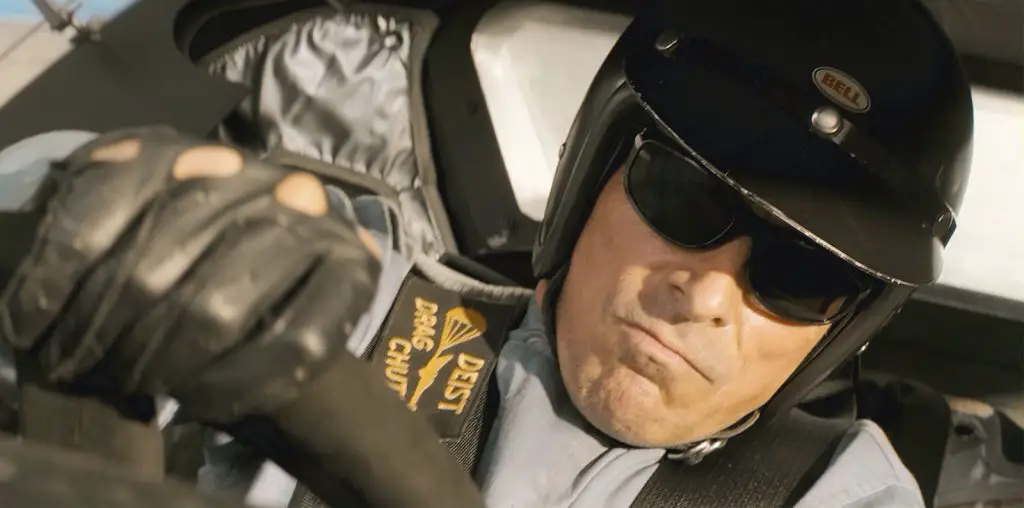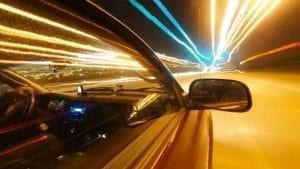
Cars have become ubiquitous in films. They might have a central role in the lead’s identity or could be used for dramatic or subtle foreshadowing. Cars have become an integral tool of storytelling in visual media. But have you wondered why? We are not just talking about car-centered franchises like the Fast and the Furious. Even non-car movies and TV use cars to portray different feelings and convey a certain tone.
Like Pontiac Aztek in the famous TV show Breaking Bad. Even the success of many modern cars like the 2021 Ford Explorer could be traced back to its iconic appearance in 1992’s Jurassic Park. The increase in sales numbers and cars as a tool for better filmmaking are the two reasons that symbiotically merge the automotive world and the world of filmmaking.
Cars are likely the most expensive purchase a person makes next to a property or a house. And it’s a lot harder to make properties look cool. Cars are inherently cool and plus they are mobile so could be added anywhere for that extra flair. Thus, Cars are often used to establish the status quo. Like the limited edition Lamborghini Reventon in The Dark Knight which added to the billionaire flair of Bruce Wayne.
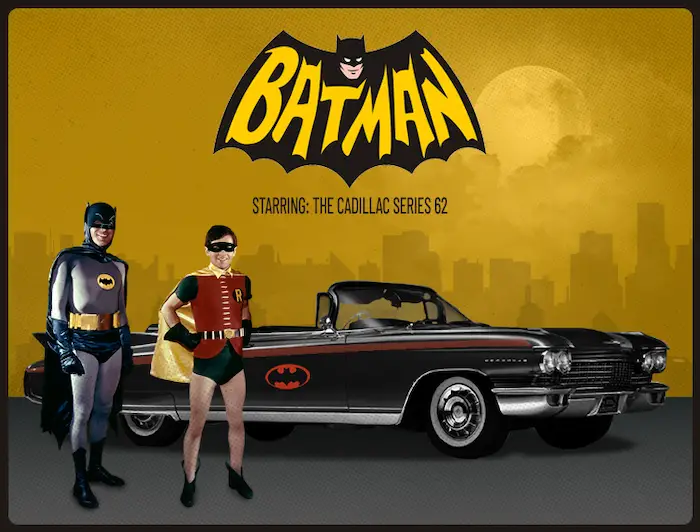
While the Toyota Tacoma is one of the State’s favorite trucks, not many people remember one of its iterations was used extensively in the 1985 flick “Back to the Future,” and for the purpose of this article, it starred the Tacoma SR5, with Michael J. Fox as Marty McFly. The macho and muscular style of that black truck set the tone for an amazing screen concept, and the action that setup demanded a futuristic vehicle. Moreover, It also inspired the off-screen Marty McFlys’ and others to look at Toyota with a new perspective!
Or the numerous Audi’s owned by Robert Downey Jr’s Iron Man throughout the Marvel Cinematic Universe to showcase his real superpower. Status here can also mean power instead of wealth which is usually showcased in gangster genre movies. Another excellent example is The GigaHorse in Mad Max: Fury Road. It is actually a hellish amalgamation of two 59′ Cadillac bodies on top of a massive truck chassis.
Cars are also attached to the titular character to showcase and match his character and tone in the film. Like the 1968 Mustang GT 390 which stood beside Steve McQueen in the film Bullitt. This was such an iconic pairing that Ford is planning to have another go with the limited-edition Bullitt Mustang for the 2021 Ford Mustang lineup.
One of the most iconic pairs of car and character has to be James Bond and his love affair with Aston Martins. It all started with the 1964 Aston Martin DB5 that 007 drove in Goldfinger and Thunderball. It came with all kinds of spy modifications and futuristic technology that it became an instant hit. Even without these modifications, the car’s bold and suave styling matched the titular character’s entire persona. It is not always bold and heroics that the car signifies about the characters.
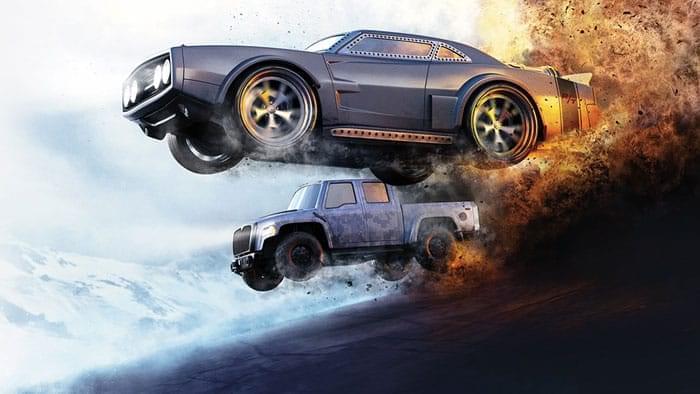
Sometimes it is dread or even a sense of being lost. Like in the movie Fear and Loathing in Las Vegas where cars act as costumes, introducing characters and evolving with them as they progress through their drug-fueled adventure. Even in modern movies like La La Land and The Shape of Water, cars are the symbolic extensions of various characters and they set the tone and denote the intentions, motivations, and vulnerabilities of the characters.
Instead of being tied to a character, some cars in movies are their own character. They have their own antics and symbolize something much bigger than the character. Sometimes they symbolize the generation, like the 1976 Lotus Esprit Series 1 in the movie The Spy who loved me.
The pointy design and futuristic technology embodied the generation which saw a man get to the moon. The design mimics the crazy wedged-shaped cars like the Lancia Stratos and Lamborghini Countach, some of the proper bedroom poster cars. One of the most iconic if not “the most iconic” movie cars has to be the DeLorean DMC-12 in the Back to the Future franchise. John DeLorean’s DMC 12 was a stunning car that was designed by the legendary Giorgetto Giugiaro.
Its futuristic looks combined with a bit of movie magic gave the DeLorean a legendary status amongst other movie cars. The vehicle eclipses the flesh and bone actors and became the superstar of the film franchise. Despite its movie celebrity status, the DeLorean flopped on the market in the 1980s, which is surprising considering the cult status it has garnered today.
Cars are an integral component of our everyday lives. This allows the filmmakers to project a myriad of meanings onto them. Cars are inherently cool and we associate them with being fast, being iconic, or as a status symbol. Thus, they become an excellent tool for the filmmakers who use them to tap into our minds and make their films, characters, and narrative more relatable.
